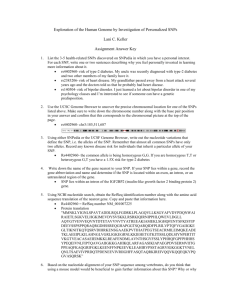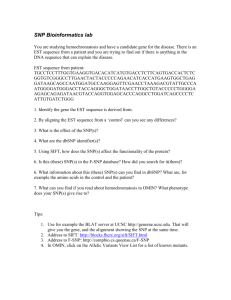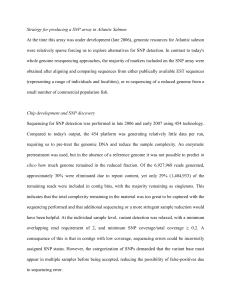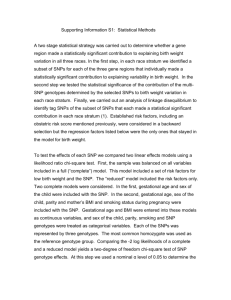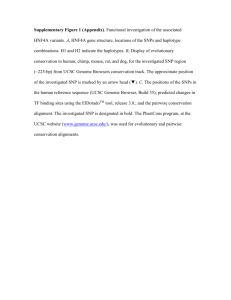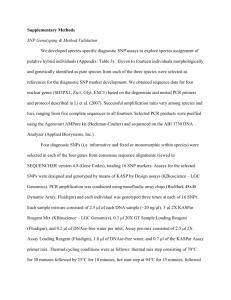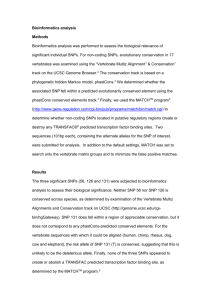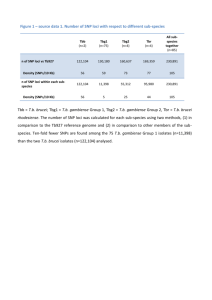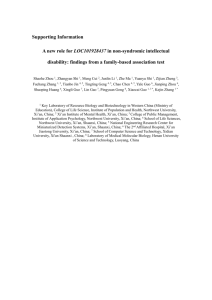Supplemental File S1. SNPs-Student assignment
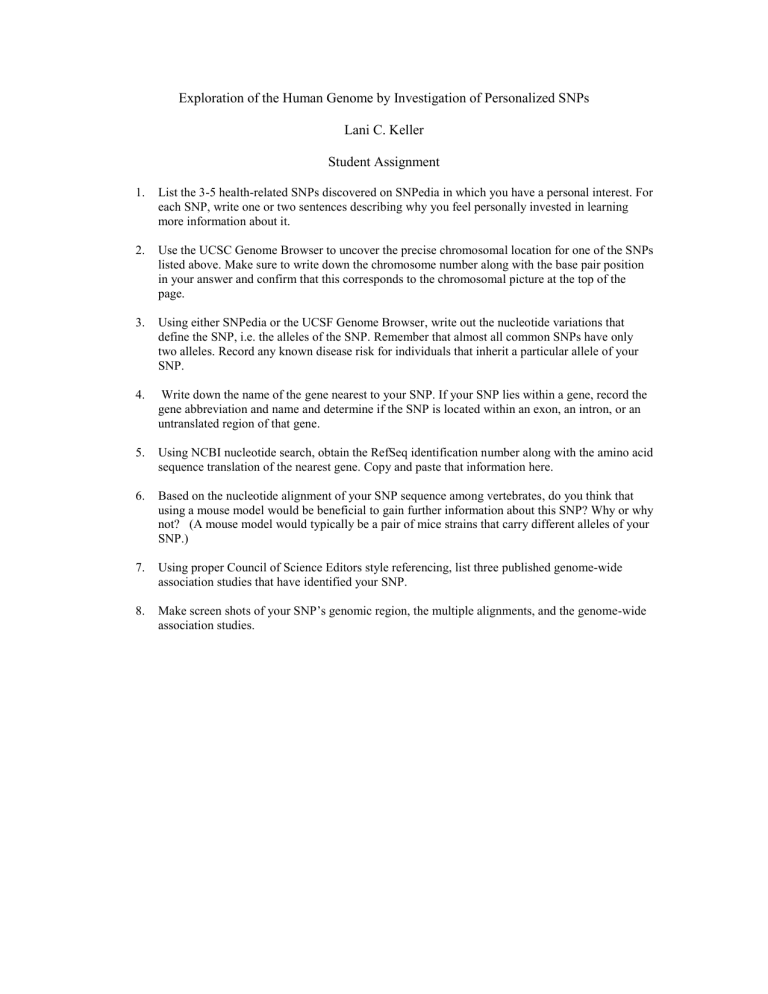
Exploration of the Human Genome by Investigation of Personalized SNPs
Lani C. Keller
Student Assignment
1.
List the 3-5 health-related SNPs discovered on SNPedia in which you have a personal interest. For each SNP, write one or two sentences describing why you feel personally invested in learning more information about it.
2.
Use the UCSC Genome Browser to uncover the precise chromosomal location for one of the SNPs listed above. Make sure to write down the chromosome number along with the base pair position in your answer and confirm that this corresponds to the chromosomal picture at the top of the page.
3.
Using either SNPedia or the UCSF Genome Browser, write out the nucleotide variations that define the SNP, i.e. the alleles of the SNP. Remember that almost all common SNPs have only two alleles. Record any known disease risk for individuals that inherit a particular allele of your
SNP.
4.
Write down the name of the gene nearest to your SNP. If your SNP lies within a gene, record the gene abbreviation and name and determine if the SNP is located within an exon, an intron, or an untranslated region of that gene.
5.
Using NCBI nucleotide search, obtain the RefSeq identification number along with the amino acid sequence translation of the nearest gene. Copy and paste that information here.
6.
Based on the nucleotide alignment of your SNP sequence among vertebrates, do you think that using a mouse model would be beneficial to gain further information about this SNP? Why or why not? (A mouse model would typically be a pair of mice strains that carry different alleles of your
SNP.)
7.
Using proper Council of Science Editors style referencing, list three published genome-wide association studies that have identified your SNP.
8.
Make screen shots of your SNP’s genomic region, the multiple alignments, and the genome-wide association studies.
